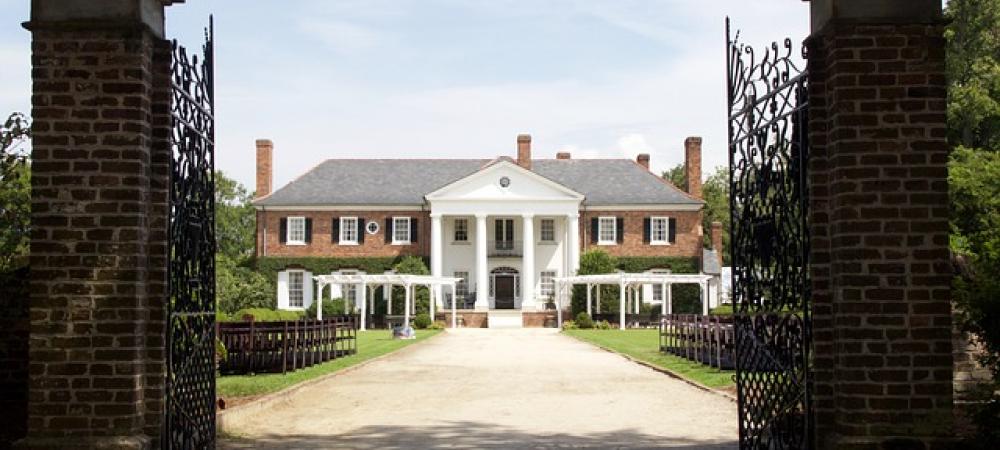Is Your Charleston Home at Risk for Termites?

Charleston, with its historic charm and distinctive architecture, is not immune to the threat of termites. In this blog, we delve into the factors that cause termites and the signs of termites and provide valuable insights on how to safeguard your home against these silent invaders. If you're noticing signs of termite activity, call our Charleston termite exterminators!
What Causes Termites in Charleston?
Termites, often referred to as "silent destroyers," can wreak havoc on homes. Understanding the causes that attract and sustain termite infestations is essential for effective prevention.
- Moisture and Humidity: Charleston's humid climate creates an environment conducive to termites. The combination of warmth and moisture is particularly attractive to these pests.
- Wooden Structures: Termites feed on cellulose found in wood and paper products. Homes with wooden structures, including framing, flooring, and furniture, are at a higher risk.
- Soil Contact: Subterranean termites, one of the most common types, establish colonies in soil. Homes with direct soil contact or insufficient foundation protection may be vulnerable.
- Cracks and Crevices: Termites can enter homes through tiny cracks and crevices in the foundation or walls. Gaps around utility lines and pipes are potential entry points.
Signs of Termites in Your Charleston Home
Recognizing the signs of a termite infestation is crucial for early intervention and minimizing potential damage. Keep an eye out for the following indicators:
- Subterranean termites construct mud tubes, and pencil-sized tunnels on walls or foundations. These tubes protect them from predators and maintain a moist environment.
- Swarmers, the reproductive termites, shed their wings after mating. Finding discarded wings around windowsills or light fixtures may indicate termite activity.
- Tap wooden structures with a hard object. If they produce a hollow sound, it could be a sign of termite damage.
- Termite droppings, known as frass, resemble tiny pellets and may accumulate near infested areas.
- In some cases, you may spot live termites. These pale, soft-bodied insects may be found in or around wooden structures.
Termites in Charleston: Recognizing the Local Reality
Charleston's architectural richness, featuring historic homes and wooden structures, makes it susceptible to termite infestations. Being aware of the local context is crucial for homeowners.
Charleston boasts a wealth of historic homes with intricate wooden elements. These architectural treasures can be targeted by termites if not adequately protected. Termites find these structures appealing, increasing the risk of infestations.
Preserving Charleston's Architectural Heritage: A Joint Effort
Safeguarding homes in Charleston from termite damage requires a collective effort. Homeowners, preservationists, and pest control professionals can work together to preserve the city's architectural heritage.
Preventing Termites: Proactive Measures for Homeowners
While termites pose a threat, homeowners can take proactive steps to prevent infestations and protect their homes.
- Regular Inspections: Conduct routine inspections for signs of termite activity, such as mud tubes, discarded wings, or hollow-sounding wood.
- Moisture Control: Address moisture issues by fixing leaks and ensuring proper ventilation. Termites thrive in damp conditions.
- Professional Treatments: Engage professional pest control services for regular termite inspections and preventative treatments.
- Termite-Resistant Materials: Consider using termite-resistant materials for construction and renovation projects.
Conclusion: Navigating the Termite Threat in Charleston
While the threat of termites exists in Charleston, understanding the causes and implementing preventive measures empowers homeowners to protect their homes. By staying vigilant, embracing preventive strategies, and seeking professional termite control in Charleston, residents can navigate the termite threat and contribute to the preservation of Charleston's unique architectural legacy.
